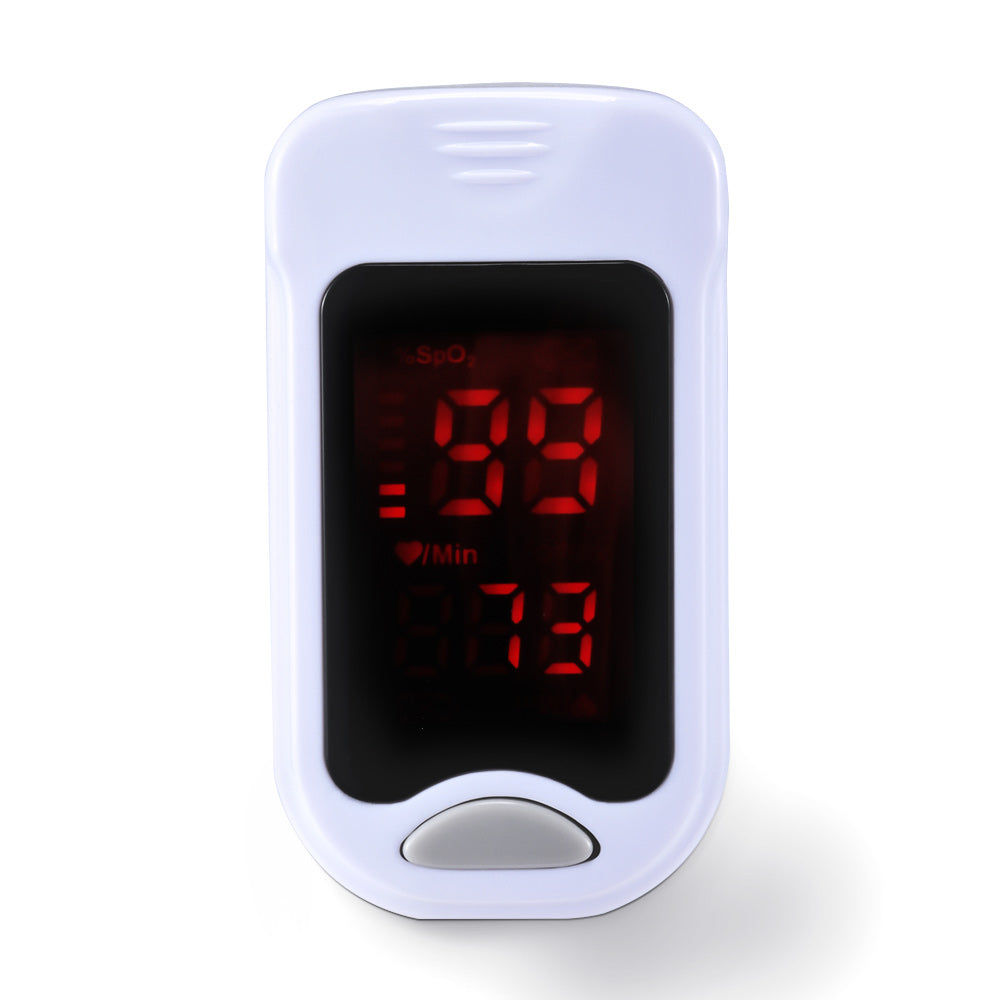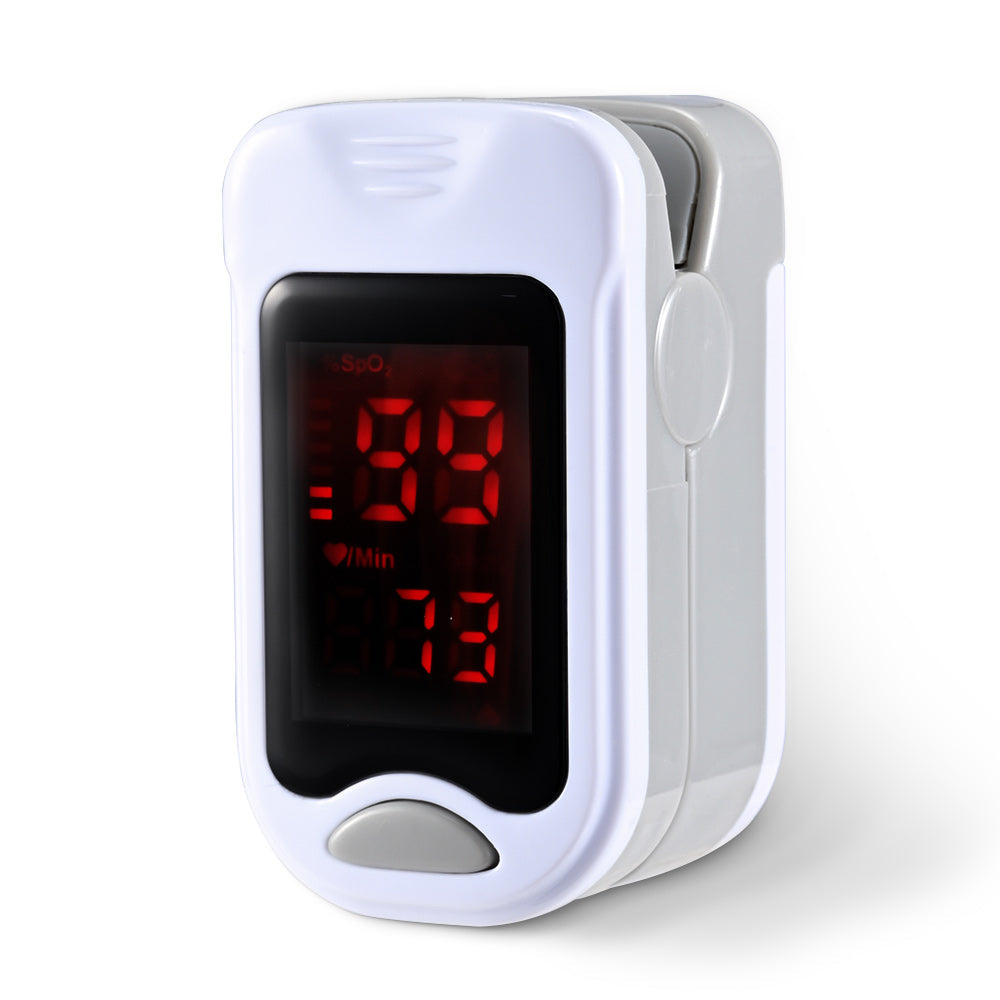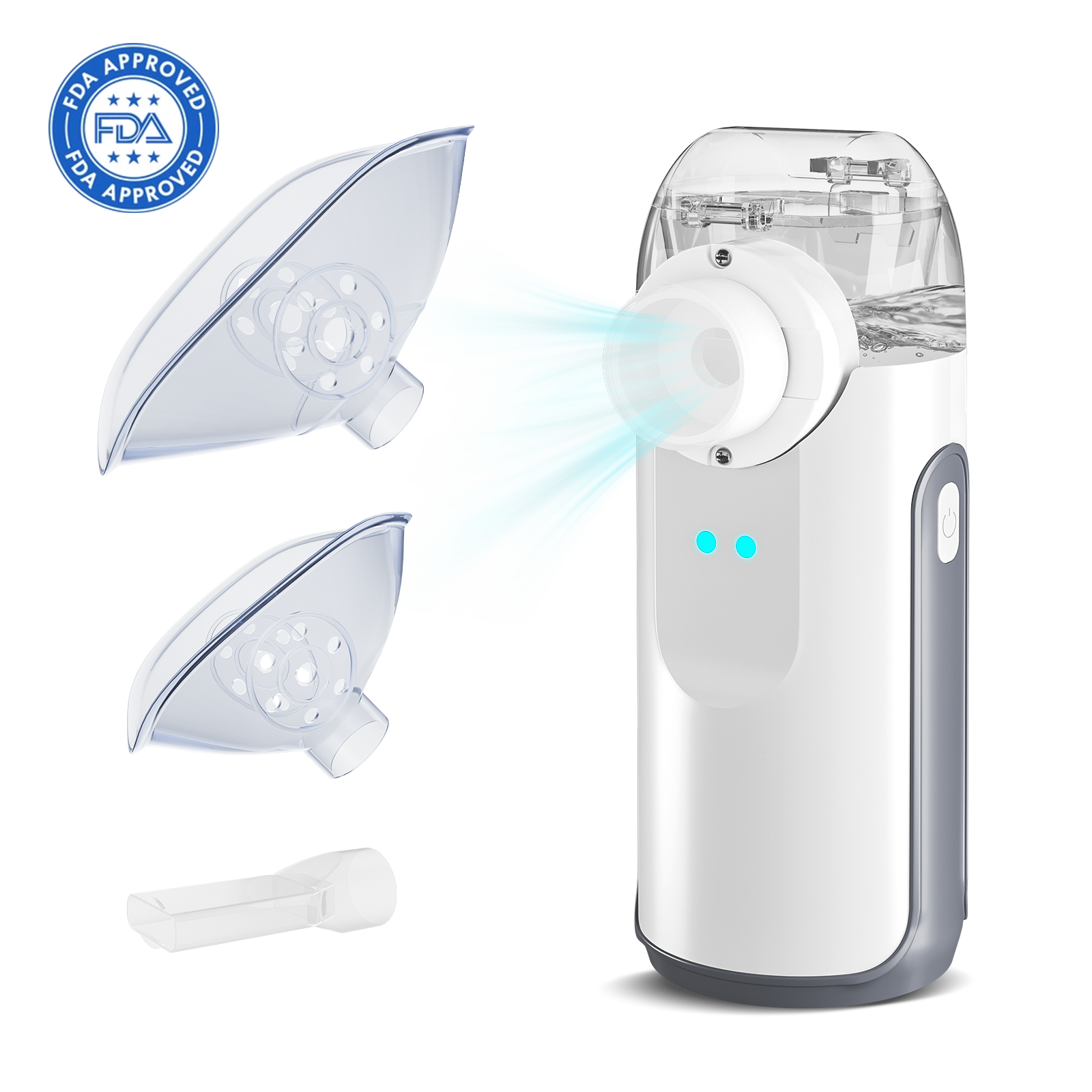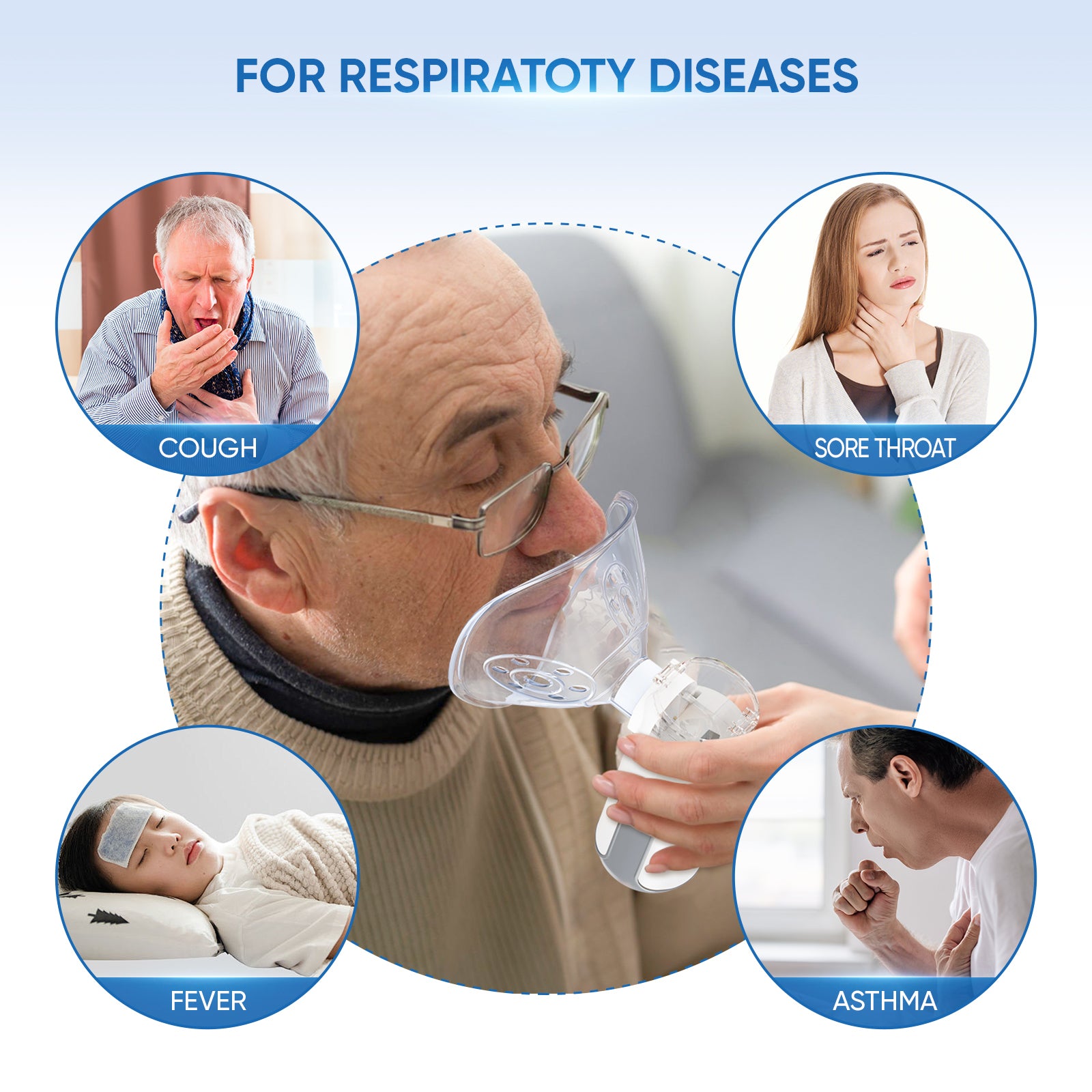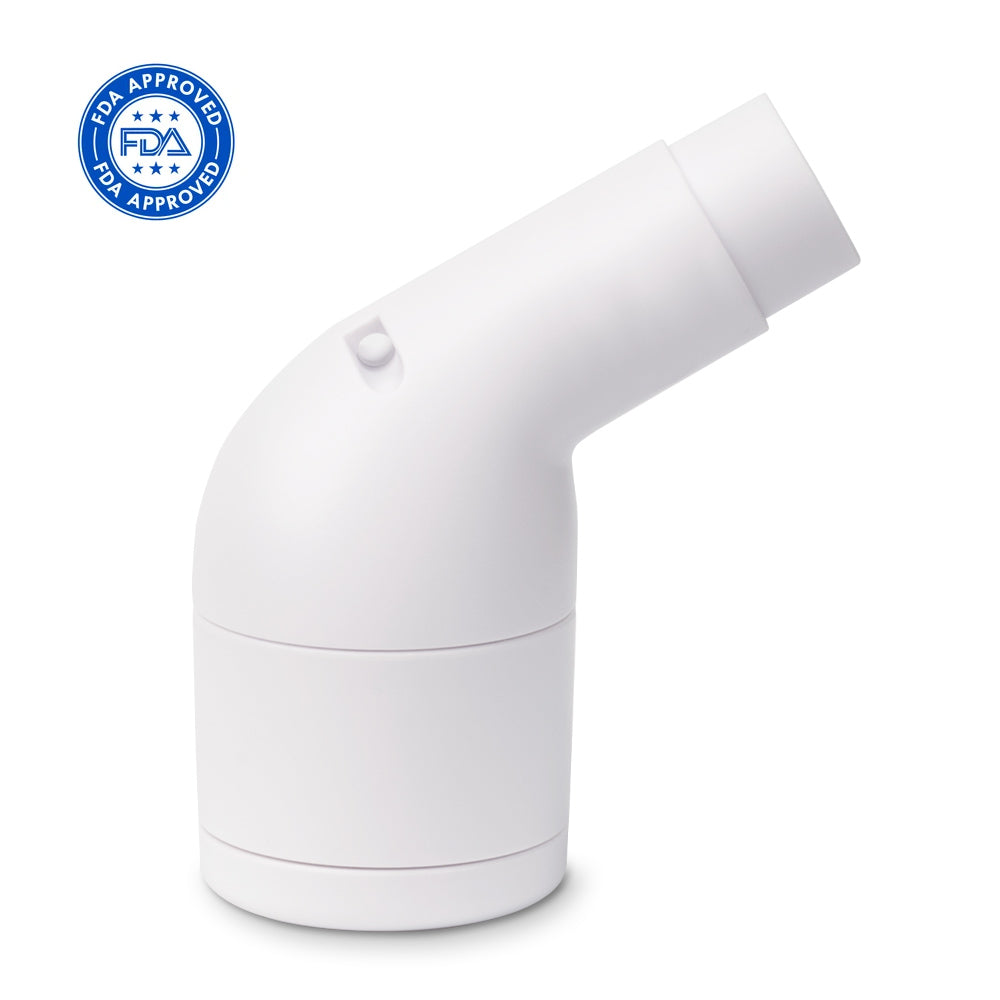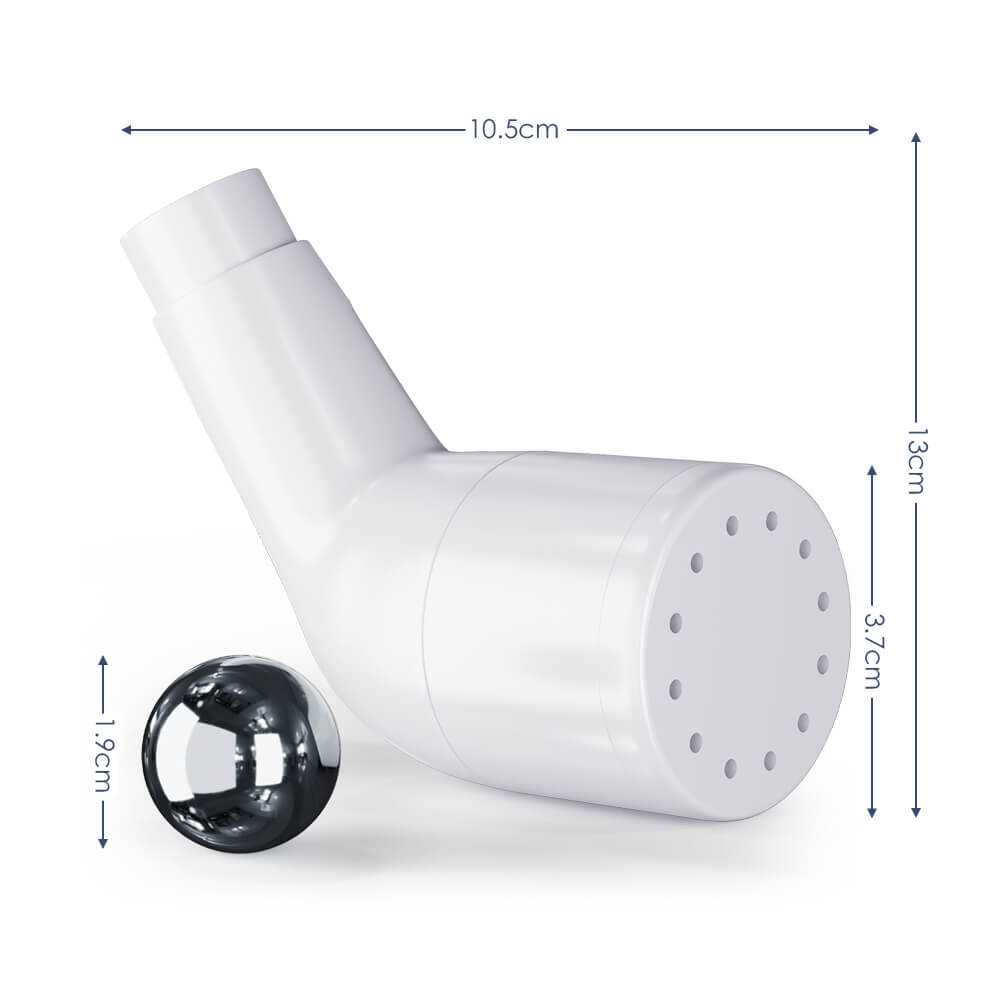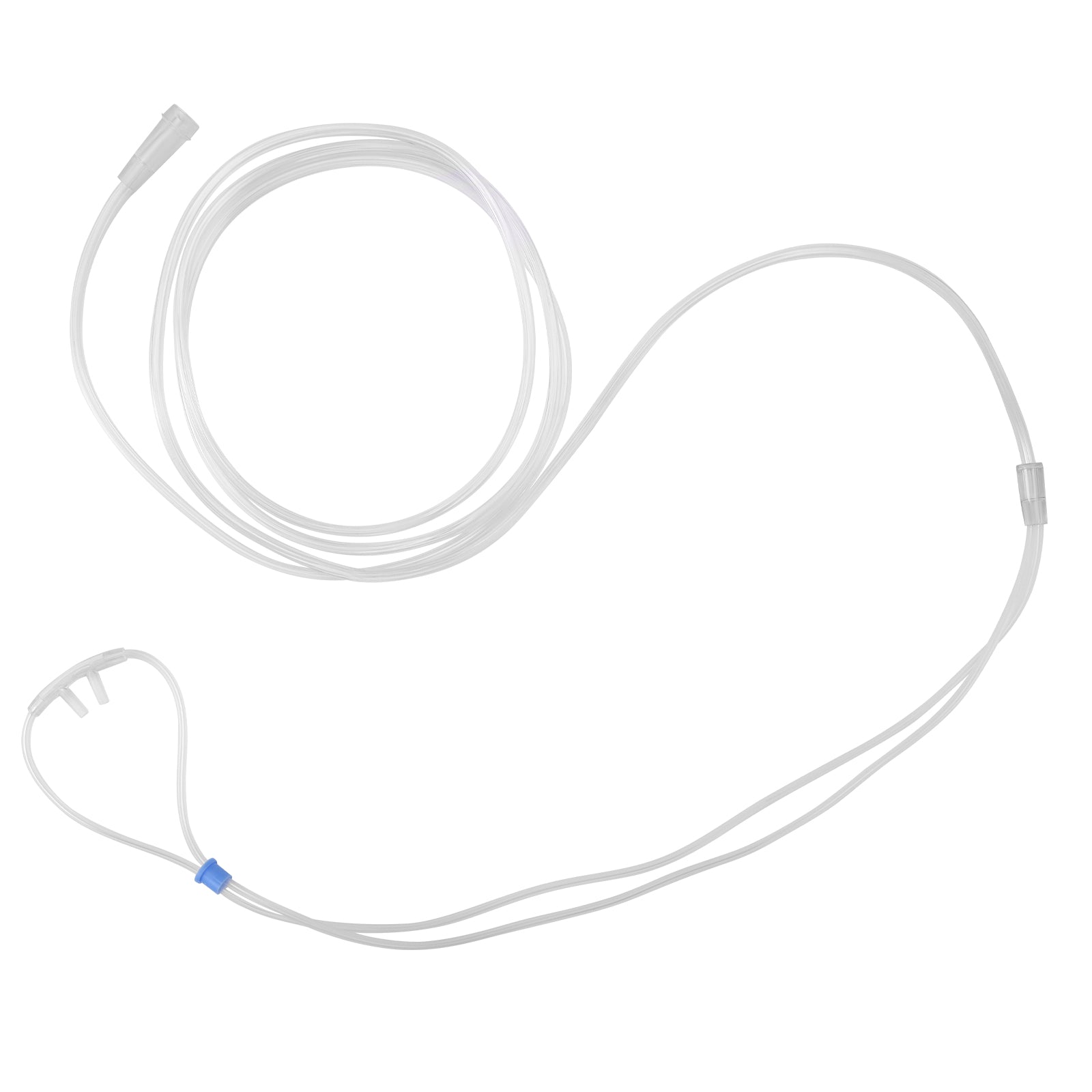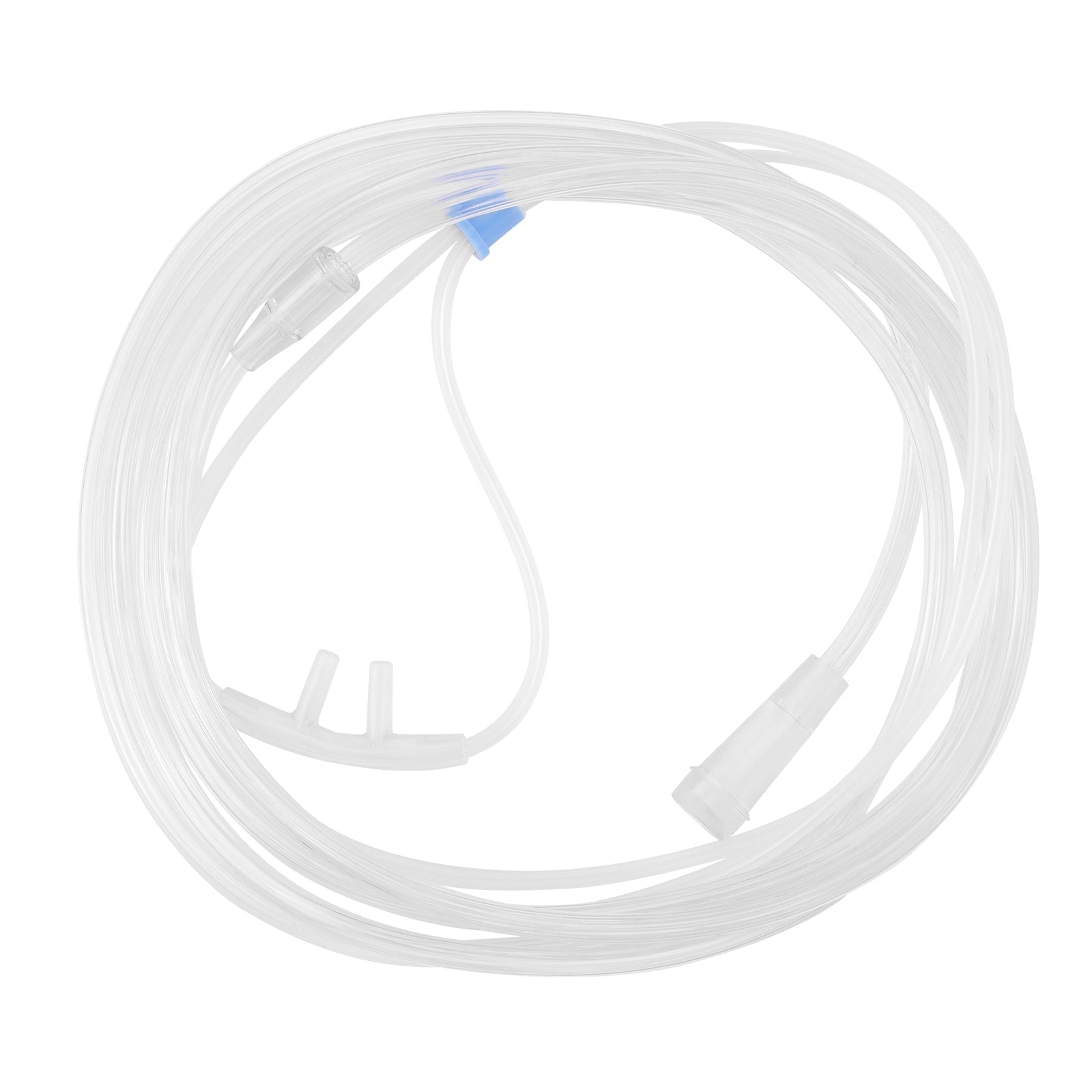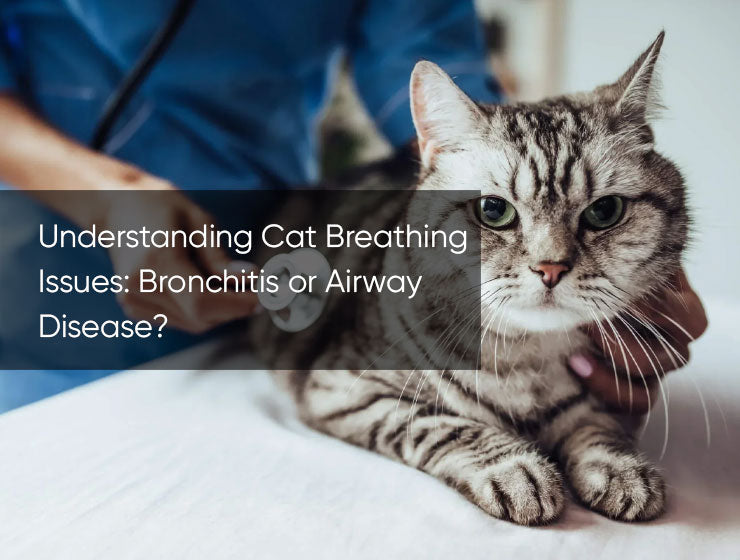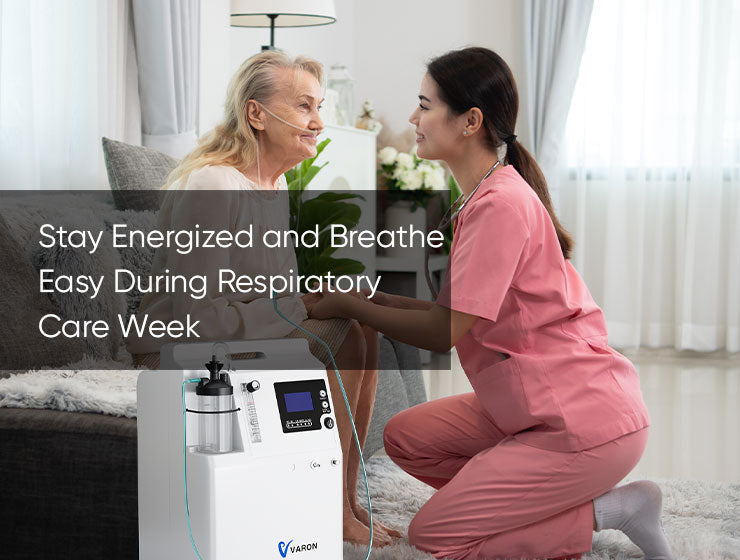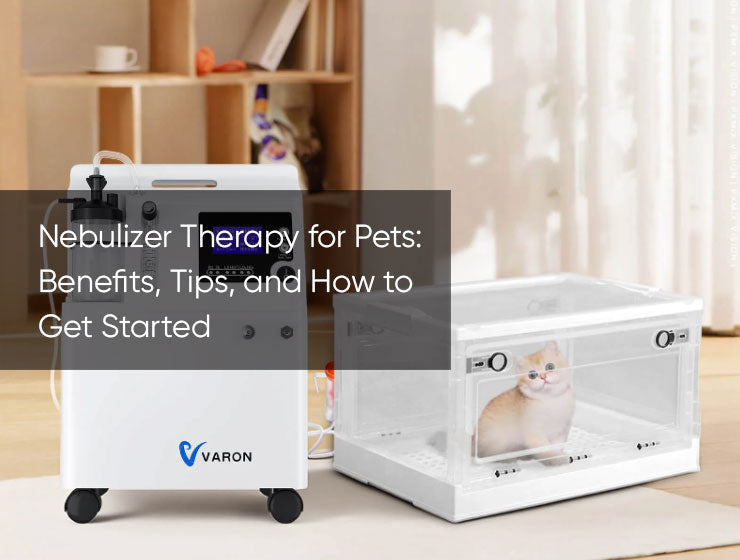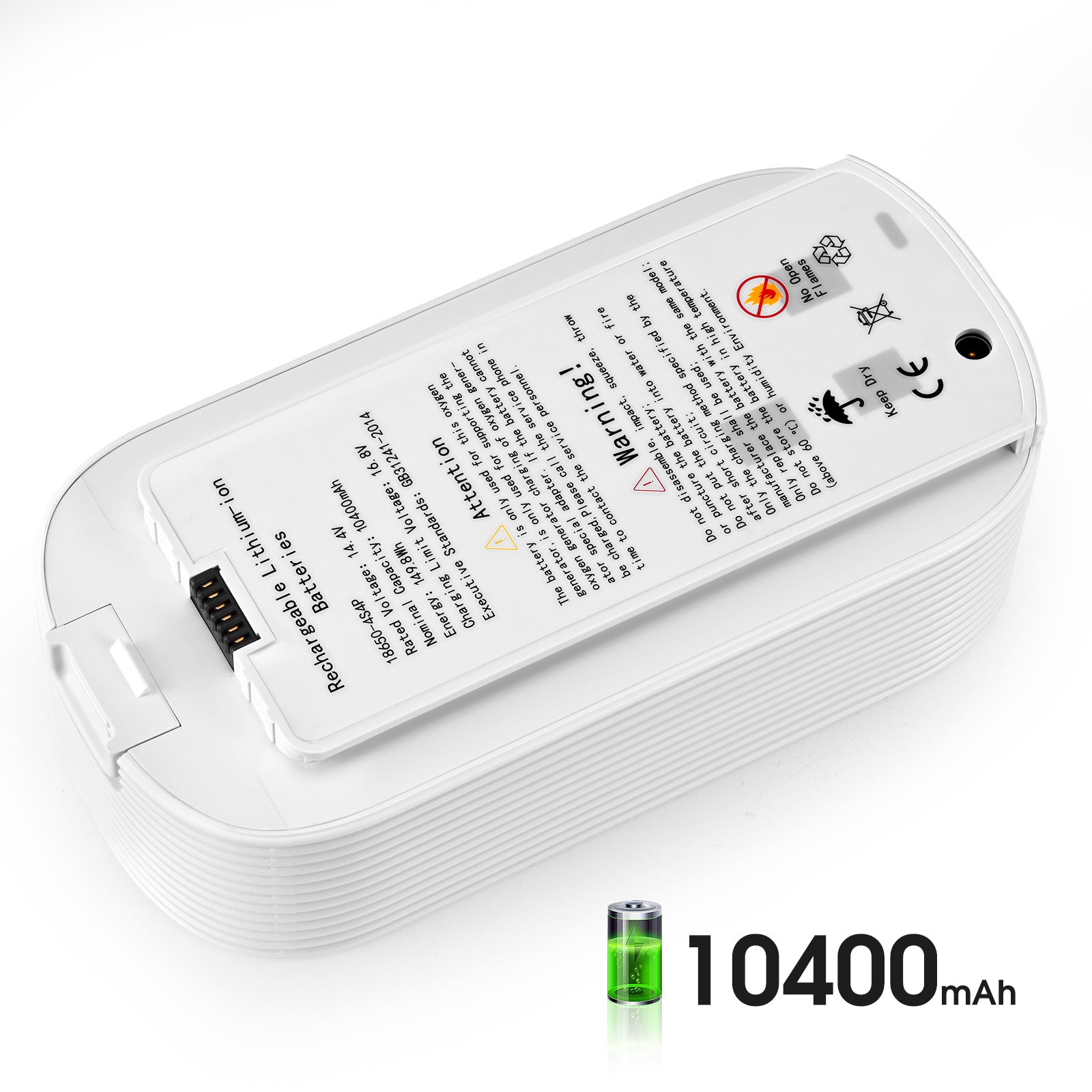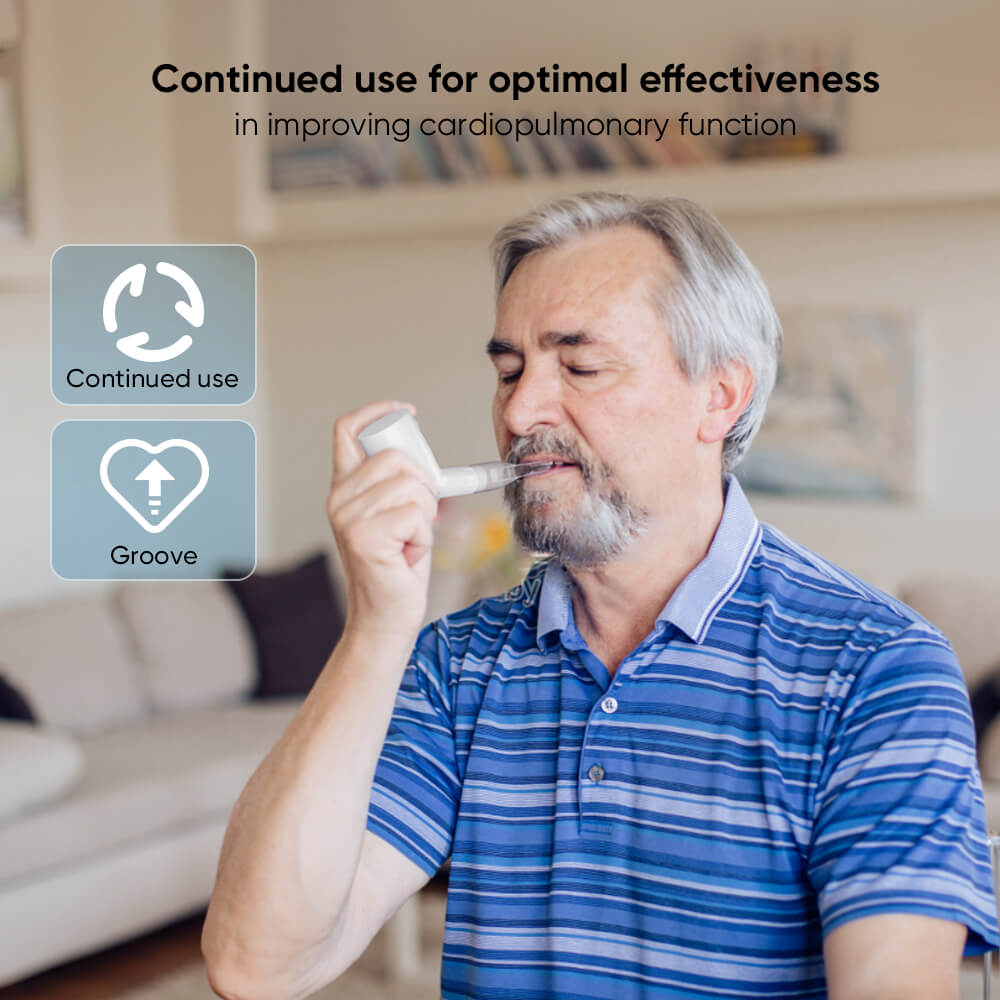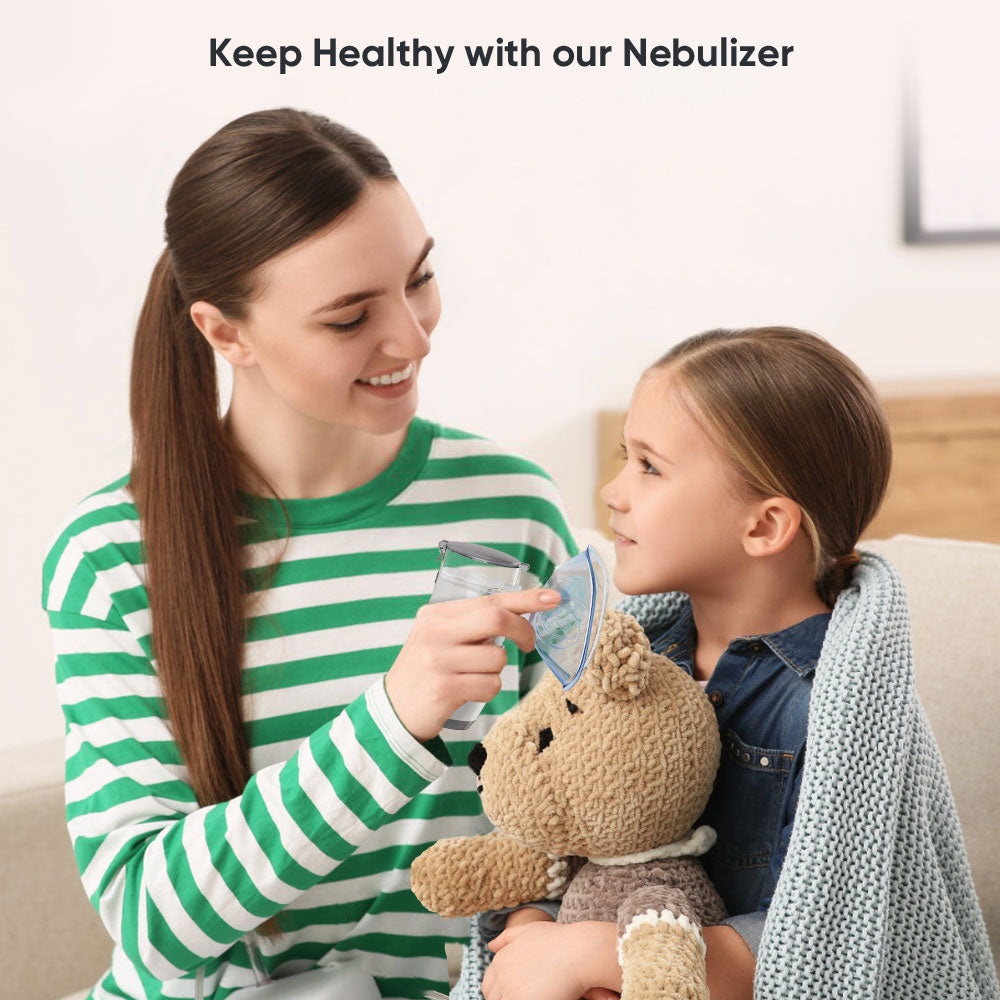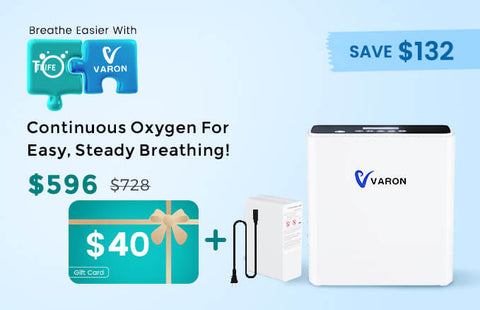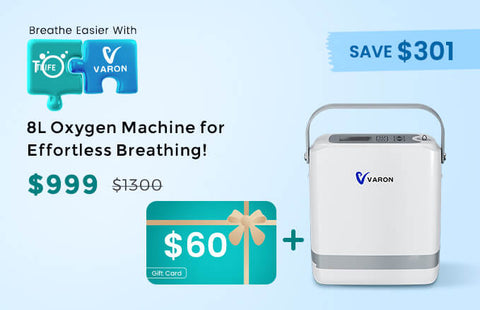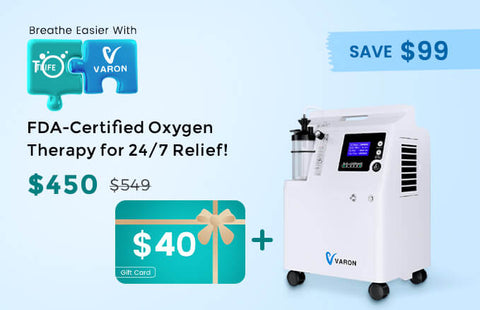1.Why pets need oxygen therapy?
Oxygen therapy is indicated for anyone whose pet is experiencing respiratory distress. Even in mild respiratory distress, appropriate oxygen therapy should be provided when available. Because in actual clinical practice, pets brought to the outpatient clinic often already have significant adverse reactions, oxygen and other emergency measures can be given until the cause is confirmed or while waiting for test results. Appropriate oxygenation not only significantly relieves the symptoms of hypoxia due to respiratory distress, but also greatly reduces the risk of death in severe cases.
If testing equipment is available, you can determine your pet's oxygen requirement level by measuring blood oxygen saturation (SpO2) and partial pressure of oxygen (PaO2), and administer oxygen to affected pets with blood oxygen saturation <93% or partial pressure of oxygen <80 mmHg. According to clinical cases (e.g. heatstroke, poisoning, asthma, airway obstruction, soft palate overgrowth, etc.) and some medical operations (e.g. tracheal intubation, thoracentesis, anesthesia sedation, etc.) oxygen therapy or the implementation of oxygen supply initiatives are indispensable
2.How to choose the source of oxygen?
In addition to the necessary high-pressure oxygen tanks for surgery, more and more veterinary hospitals are now choosing to be equipped with real-time oxygen supply of oxygen machines. The high-pressure oxygen tank has a high outlet pressure and is suitable for connecting to anesthesia machines to provide stable and pure oxygen; the disadvantage is that it is bulky and has to be replaced regularly. The disadvantage is that the one-time investment cost is higher than that of ordinary oxygen tanks, and the efficiency of oxygen supply in the face of large pets is still not as good as that of high-pressure oxygen tanks.

What should I pay attention to when inhaling oxygen?
When a pet experiences severe airway obstruction and respiratory distress, it is necessary to perform respiratory intubation to establish an artificial airway and ensure smooth breathing for the pet. When clinically necessary, 100% oxygen concentration can also be provided through manual intubation. Due to the need for anesthesia during tracheal intubation, continuous monitoring and medical staff support are also required during the intubation period.
Reference:
1.Mazzaferro EM.Oxygen therapy.In: Silverstein DC,Hopper K,eds.Small Animal Critical Care Medicine.2015:77-80.
2.Camps-Palau MA,Marks SL,Cornick JL.Small animal oxygen therapy.Comp Contin Educ Pract Vet.2000;
3.Loukopoulos P,Reynolds W.Comparative evaluation of oxygen therapy techniques in anaesthetized dogs:face-mask and flow-by techniques.Aust Vet Pract.1997;27(1):34.
4.Loukopoulos P, Reynolds W. Comparative evaluation of oxygen therapy techniques in anaesthetized dogs: intranasal catheter and Elizabethan collar canopy.Aust Vet Pract.1996;26(4):199.
5.Boyle J.Oxygen therapy.In: Burkitt Creedon JM,Davis H,eds.Advanced Monitoring and Procedures for Small Animal Emergency and Critical Care.Ames,2012:263-273.


